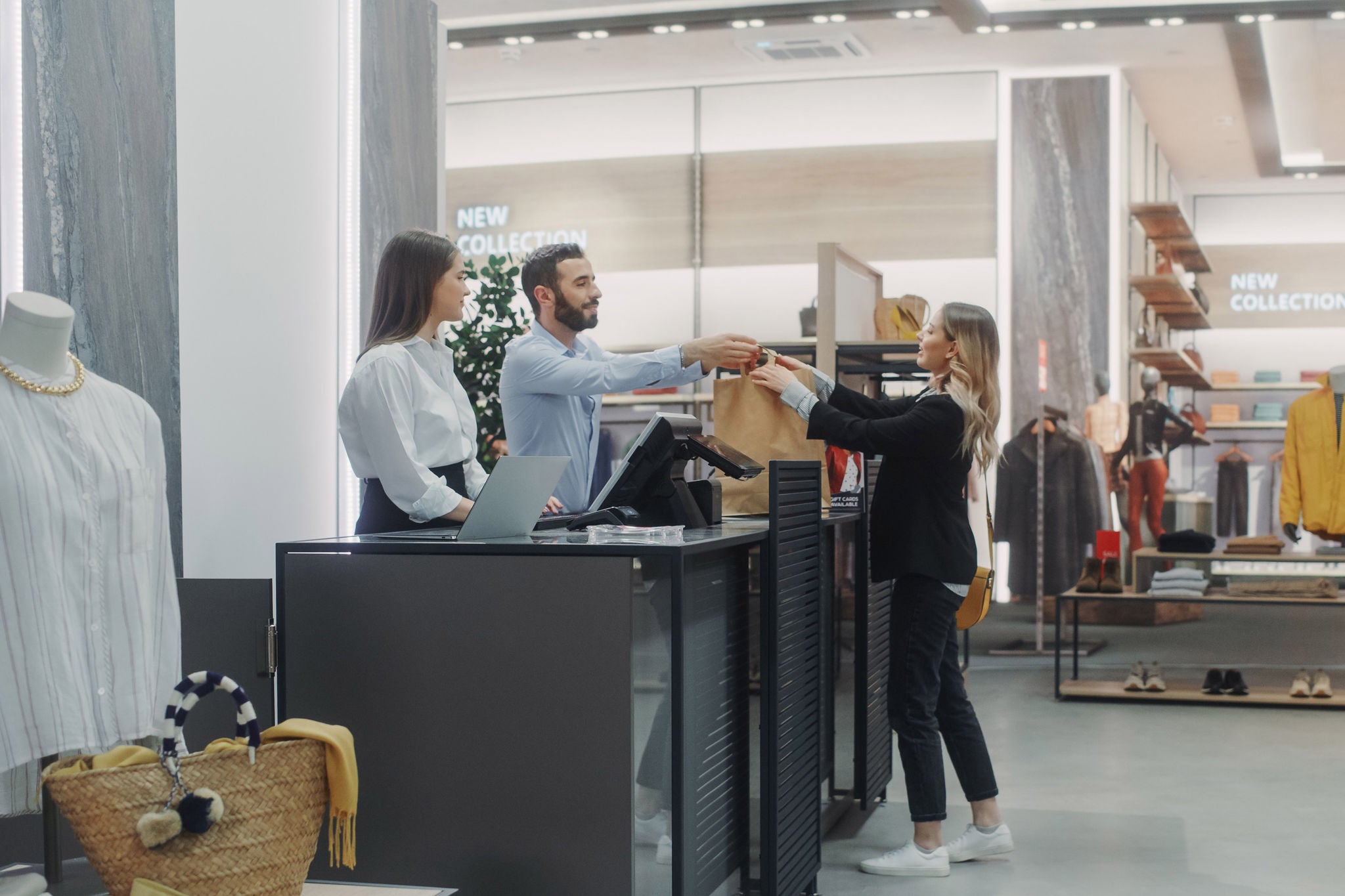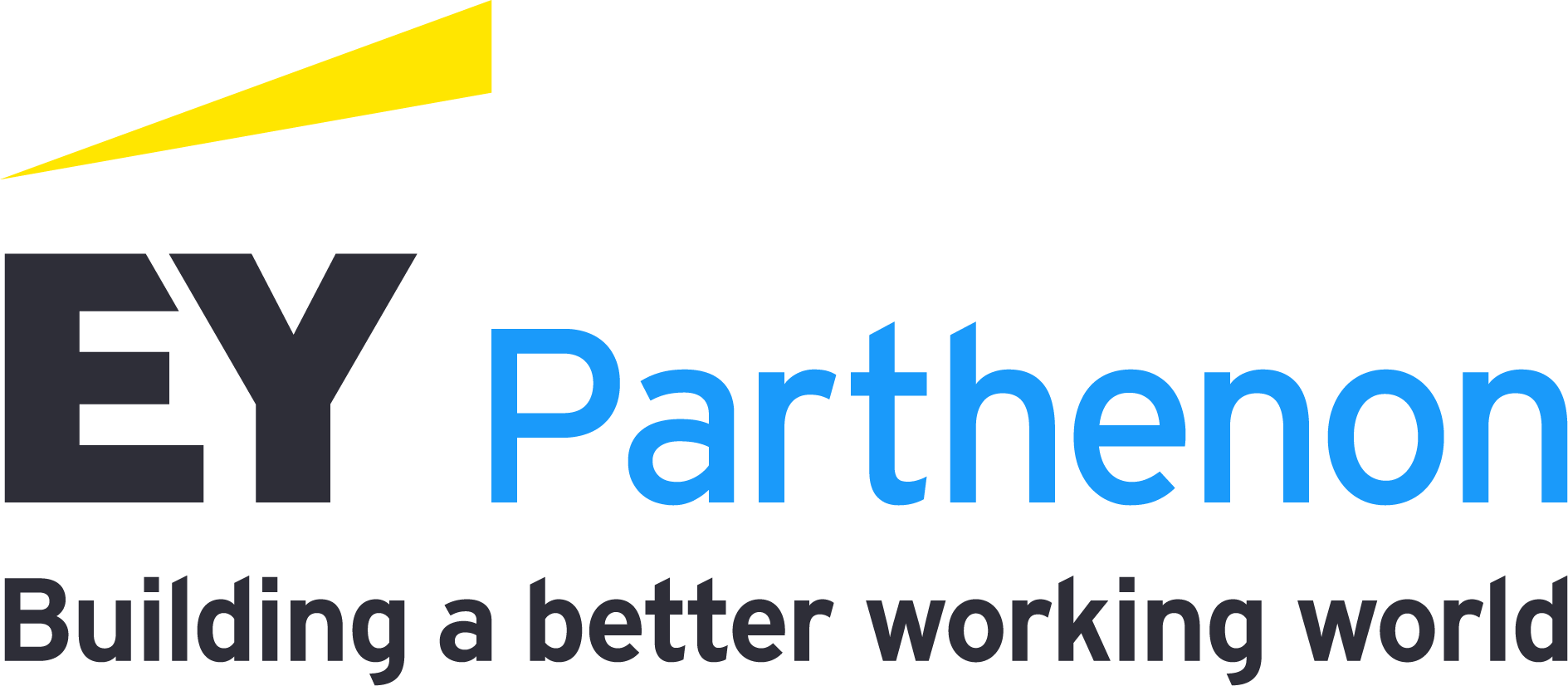These results are atypical of a footprint enhancement effort that’s not designed with the goal of talent retention at its core. To unlock significant hidden value from within an existing process, here are three key pillars for getting the labor component right:
1. Upfront analysis of labor transfer opportunities to inform the closure program
When evaluating a store for potential closure, financial teams work closely with HR and talent to include elements that identify labor opportunities, in addition to the financial metrics that typically drive closure decisions. They set the stage by assessing which neighboring stores have labor gaps, incorporating specific union considerations and requirements for that geography, and then matching employees from closing locations to alternative stores nearby.
This advanced, cross-functional analysis may also reveal needs and opportunities that would otherwise be overlooked. Perhaps a store that would be closed in six months based solely on performance would be closed sooner if labor gaps could be solved in nearby profitable stores. A specific metro area with severe talent shortages may also require coordination across a broader group of field leaders to identify where employees from a closing location can be leveraged.
2. Clear and consistent employee communication
Keep employees informed through proactive, direct and honest communications to make the case for change and transition. The upfront analysis allows managers to define and communicate the message before rumors start, potentially damaging morale or prompting employees to jump ship prematurely. For example: “All employees from this closing location will be offered a position at stores A, B or C.”
Operations, HR and communications teams can collaborate to determine how and when the message is delivered. Keeping a regular cadence of communication helps achieve consistent actions across distributed field management and HR organizations, allowing exceptions where needed for specific union requirements.
3. Tracking and measuring results
Besides measuring the EBITDA impact of closing a poorly performing store, consider additional metrics when the scope includes staffing considerations by shifting employees from store to store, such as:
- Total employees transferred and percentage retained
- Number of stores receiving transferring employees
- Hiring, training and onboarding cost avoidance
- Store payroll impact
- Customer and employee satisfaction ratings at the receiving stores







